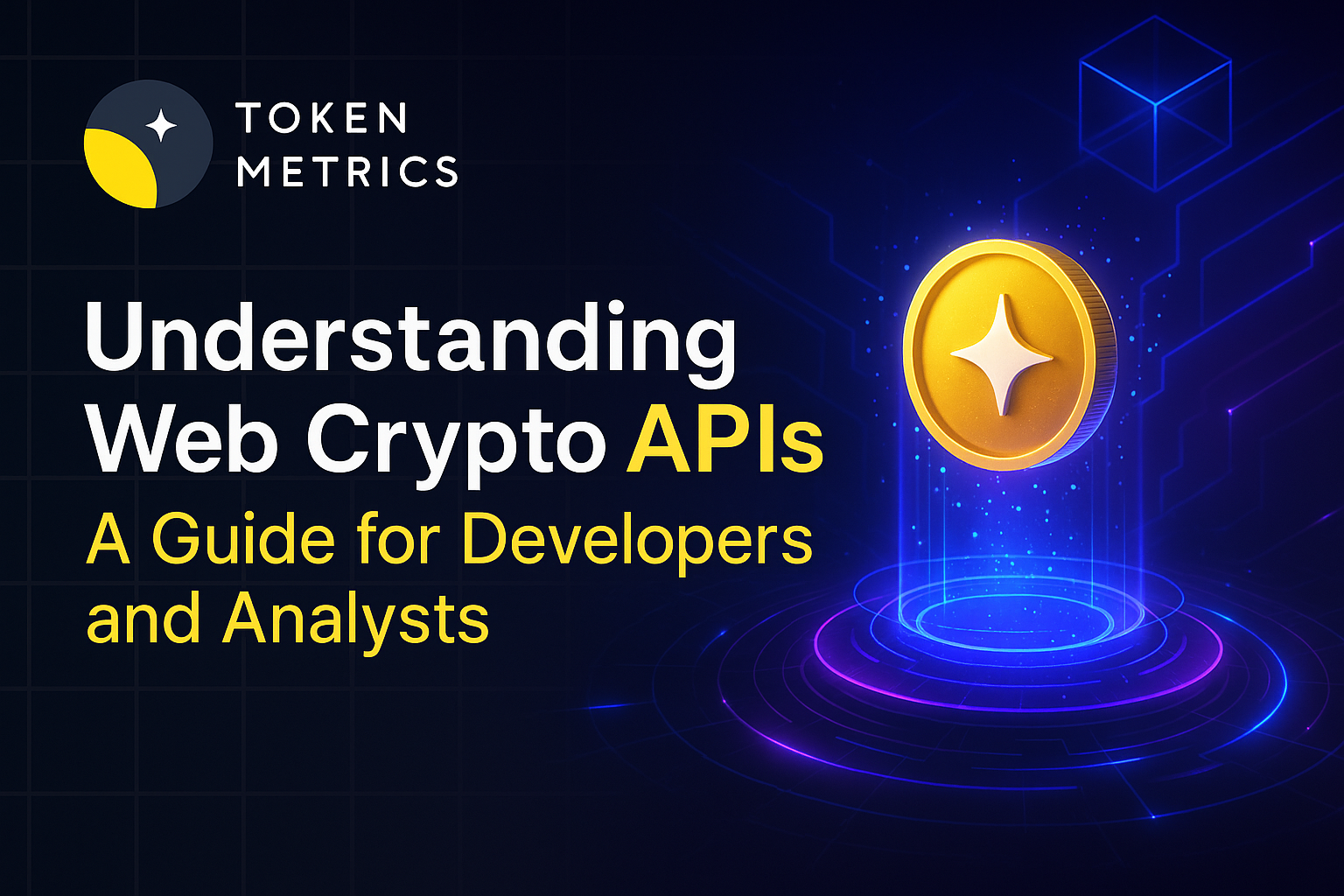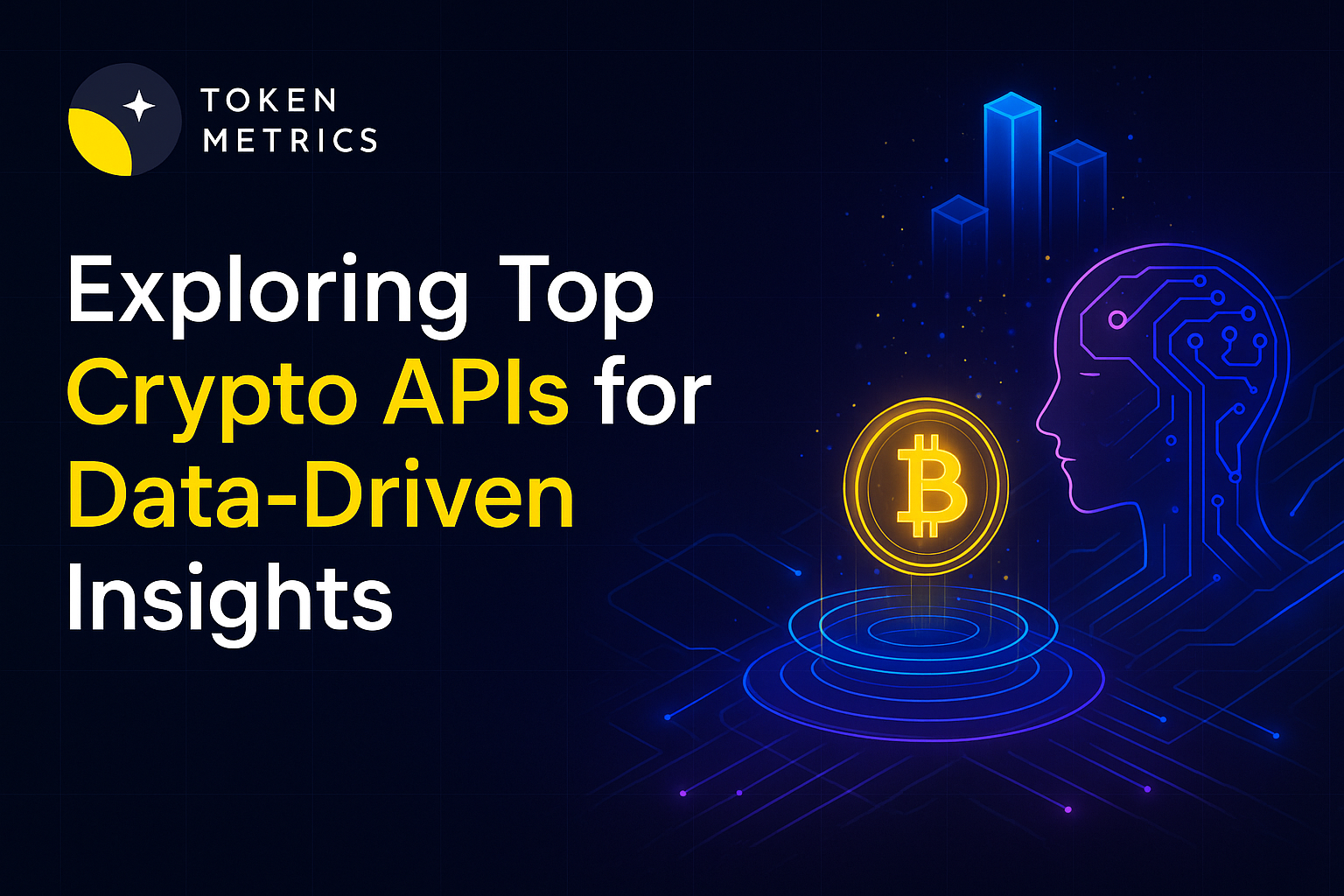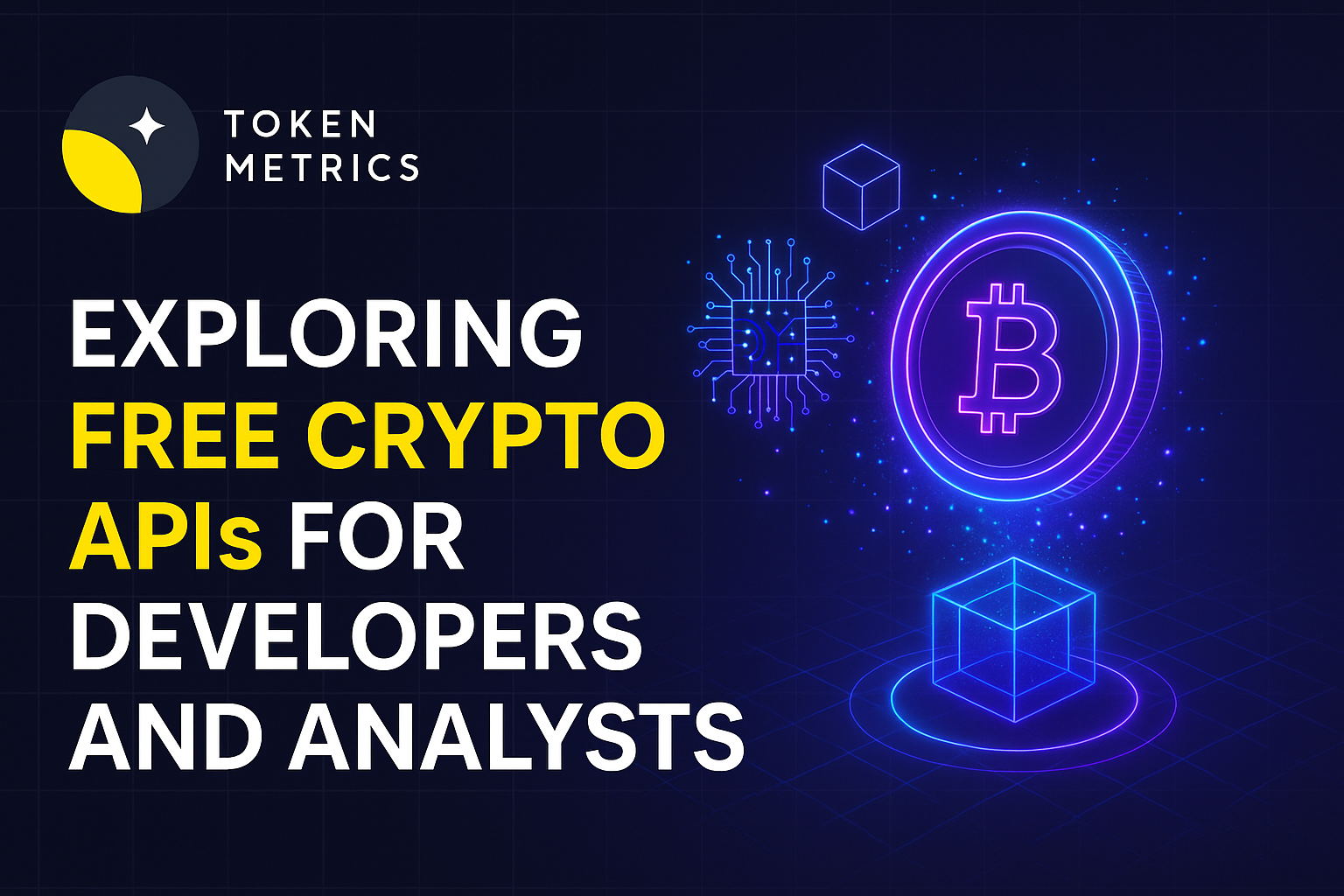
Understanding APIs: What They Are and How They Work

In the digital age, applications constantly interact with each other—whether it's your weather app pulling data from a meteorological server, or a crypto portfolio tracker fetching blockchain prices. The hidden force behind most of these interactions? APIs.
This blog post explores what an API is, how it works, and why APIs are so critical to modern software, including use in crypto and blockchain technologies.
What Is an API?
API stands for Application Programming Interface. It acts as a bridge that enables two separate software systems to communicate and share data. Much like a waiter taking your order and delivering food between you and the kitchen, an API relays requests and returns the appropriate responses.
Developers use APIs to simplify the building of software applications. Rather than writing code from scratch, APIs allow developers to pull in data, execute tasks, or access services provided by another app or platform.
How Does an API Work?
APIs operate through a series of requests and responses. The client (usually the application or user interface) sends a request to the server (which hosts the API). The API then handles this request, processes it based on pre-defined rules, and returns a response.
Here’s a simplified breakdown of the process:
Most modern APIs are RESTful (Representational State Transfer) and operate via HTTP protocols. These APIs are platform-agnostic and highly scalable, making them suitable for both web and mobile applications.
Why APIs Matter in Crypto
APIs are fundamental to the crypto ecosystem because they allow developers to:
Build Smarter Crypto Apps & AI Agents in Minutes, Not Months
Real-time prices, trading signals, and on-chain insights all from one powerful API. Grab a Free API Key
Types of APIs
APIs vary based on their purpose and accessibility. It's important to understand the distinctions when designing or integrating them.
In the crypto world, partner APIs are often provided by exchanges, while open APIs are commonly seen on market data aggregator platforms.
API Security and Governance
Given that APIs provide entry points into systems, security is a top priority. Common best practices include:
Enterprises also use API gateways and management layers to track usage, apply governance policies, and scale efficiently.
Real-World API Use Cases in Crypto
The crypto industry is teeming with API-driven applications. Here are a few impactful examples:
Whether for DeFi apps, on-chain research, or Web3 gaming—APIs provide the infrastructure for scaling innovation.
FAQs
What is a REST API?
A REST API (Representational State Transfer) is an architectural style that uses HTTP methods (GET, POST, PUT, DELETE) to facilitate communication between systems. It's known for being lightweight, stateless, and scalable.
How do crypto trading bots use APIs?
Trading bots use API integrations to access live market data, monitor trade signals, and execute trades automatically on exchanges based on pre-programmed logic.
Are APIs secure?
APIs can be secure if built with strong authentication, encryption, and rate limiting. However, poor implementation or public exposure without proper security layers can introduce vulnerabilities.
Can I build a crypto app using public APIs?
Yes. Many platforms like Token Metrics API offer public APIs to developers. These allow you to access real-time data and integrate core functionalities into your app.
What format do APIs return data in?
Most modern APIs return data in JSON format due to its readability and ease of use. Some also offer XML or CSV for legacy systems.
Disclaimer
This blog post is intended for educational purposes only. It does not constitute investment advice, trading guidance, or an endorsement of any financial instruments. Users should conduct their own due diligence and consult with professionals before making any financial decisions.

.svg)

Create Your Free Token Metrics Account

.png)




%201.svg)
%201.svg)


%201.svg)









.svg)




.png)